What Beginners Need to Know About Handguns |
What's On This Page?Here's where we post reviews, questions, answers, thoughts and other information that's of general interest to our followers in a blog format. Categories
All
Archives
August 2023
|
|
|
Copyright 2016-2024 Hiking, Camping and Shooting |
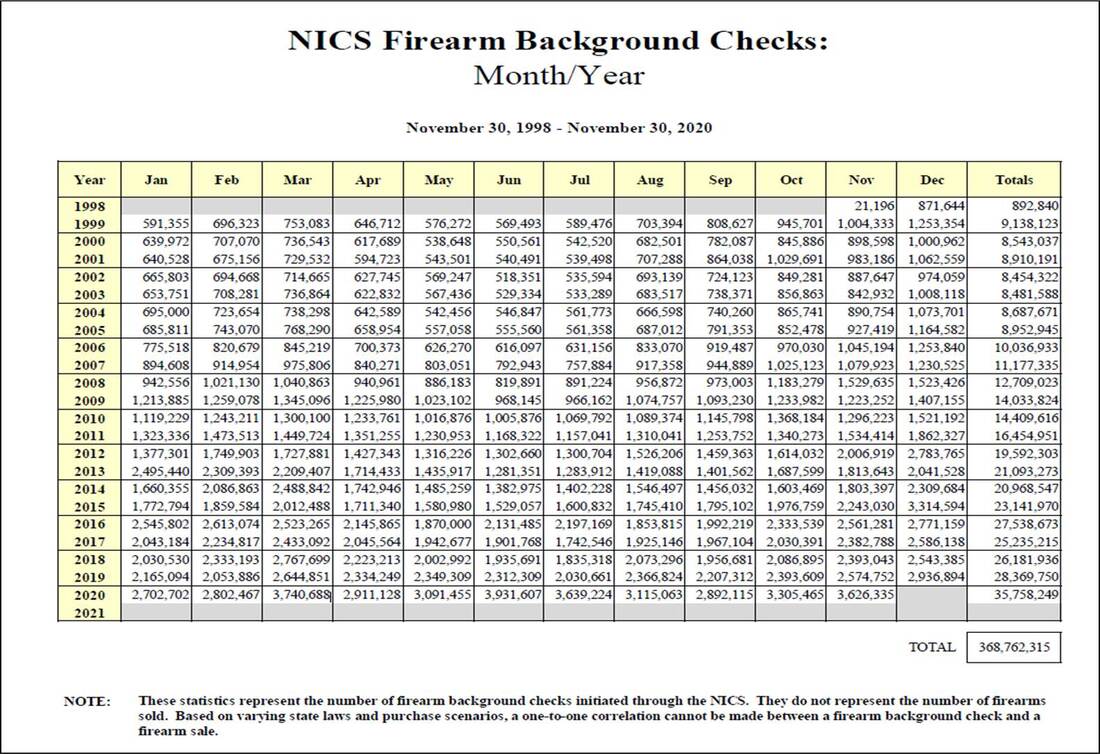
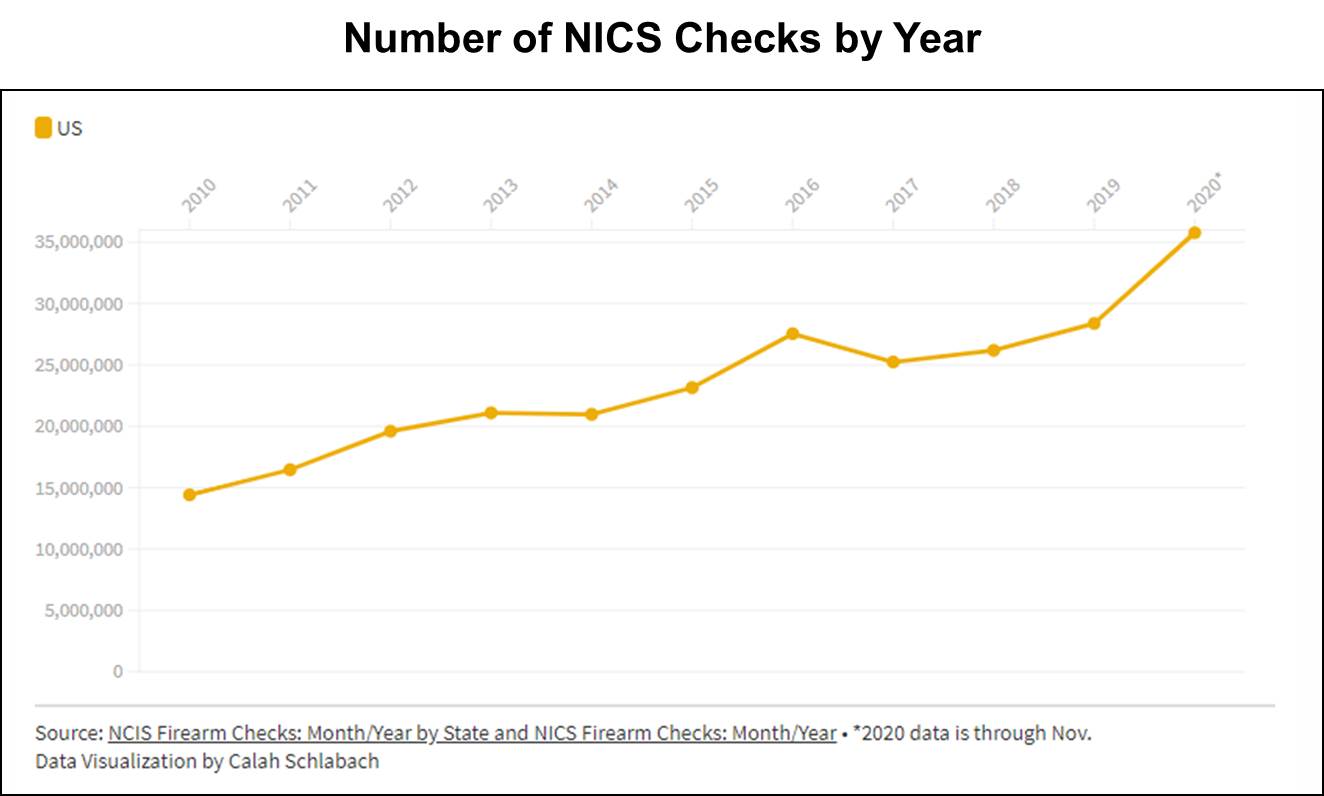
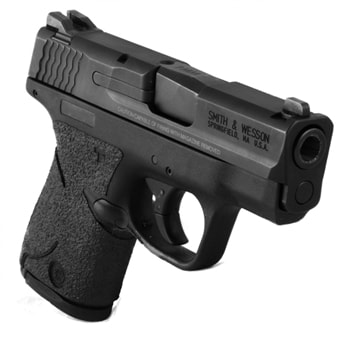
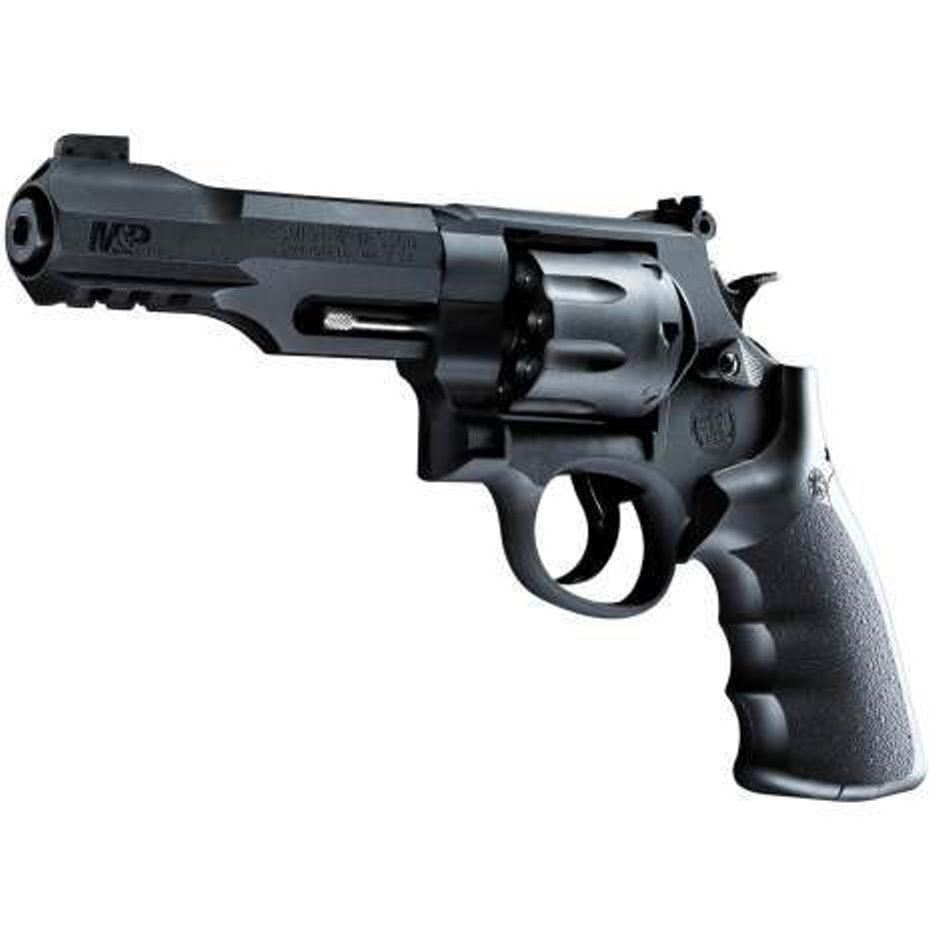
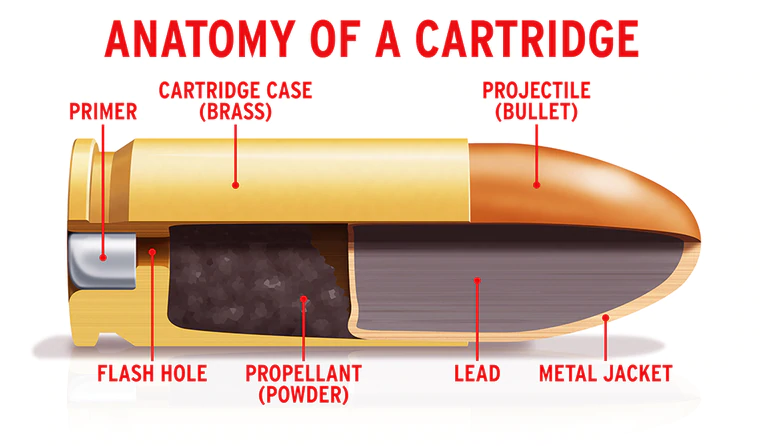

 RSS Feed
RSS Feed